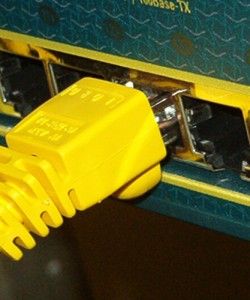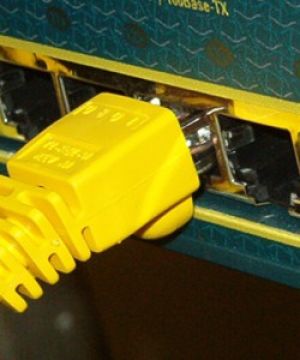Campus Internet prioritizes study
October 14, 2013
Georgia Southern University’s Information Technology Services (ITS) will be more directly controlling network traffic until bandwidth improvements are fully available next semester.
Academic programs and websites like FOLIO and Galileo are given priority while social media sites have a much poorer performance, Steven Burrell, vice president for information technology services and chief information officer at GSU, said.
“We want to make sure students and faculty have access to everything they need for their work,” Burrell said.
ITS has recently stepped up its control of on-campus bandwidth priority. Priority status depends on the service. It will not be possible to differentiate educational from non-educational content within the service.
For example, YouTube videos are used in certain classes. If YouTube is given priority, it won’t be possible to differentiate useful videos from silly stuff online, Burrell said.
Students streaming Pandora and cruising Facebook on university computers uses up limited bandwidth and slows down all other services.
“We found it necessary to shape traffic because peer-to-peer applications used a-lot of bandwidth,” Burrell said.
“When the library was built they put in wireless nodes but underestimated how many wireless devices would be using them and that’s part of the problem,” Tony Ard, information services librarian, said.
Peak utilization hours are from 10 a.m. to 4 p.m., aligning with normal business hours. It is recommended to use non-essential services before or after these times, rather than during, to improve connection speed.
A second fiber-optic link to improve Internet speed was added to campus the first week in October and will be ready for use by the start of spring semester.
“The construction of a second fiber-optic link to Peachnet (state-wide internet services for the University System of Georgia) provides two benefits: the ability to utilize more bandwidth and a ‘backup’ link, in the event that one of the fiber-optic cables is cut accidentally, or if there are electronic failures,” Burrell said.
“Part of the problem is so many devices that use wireless action these days. It overloads the nodes a little. Most of the issues I’ve seen have been with wireless devices,” Ard said.
To conserve bandwidth, ITS suggests that students turn off Wi-Fi on personal devices that connect to the network but do not get used.










